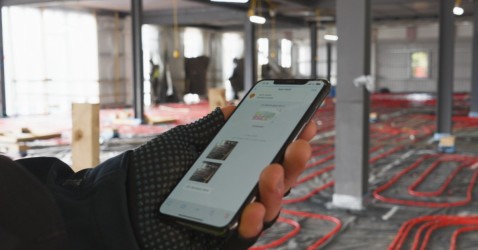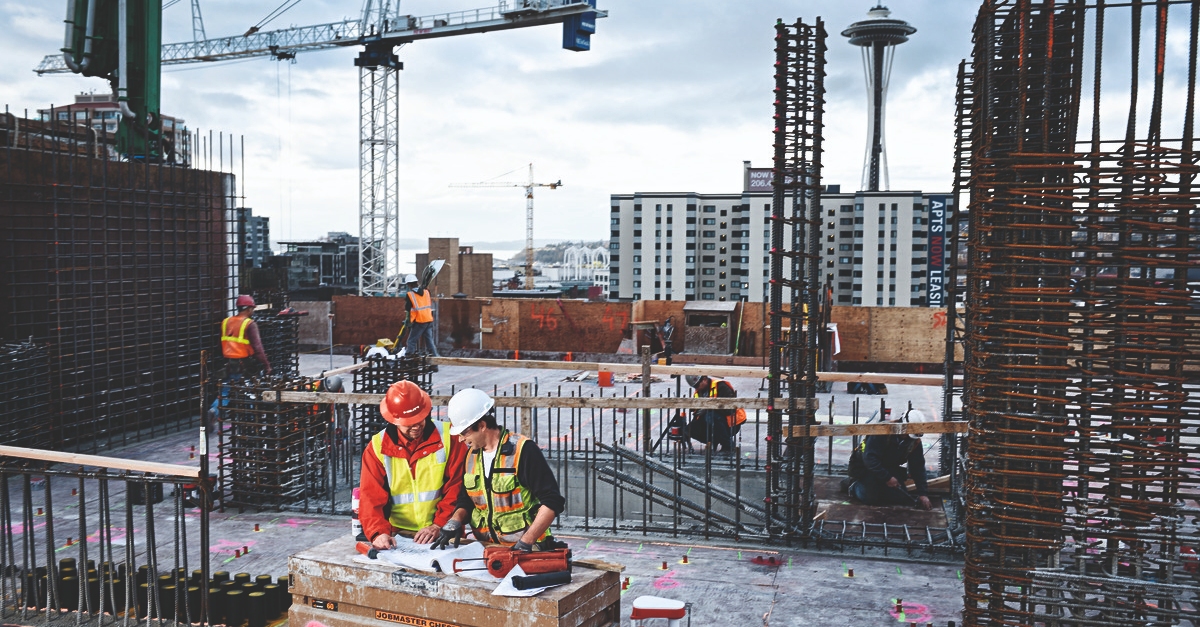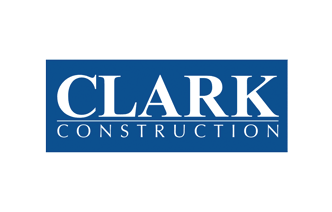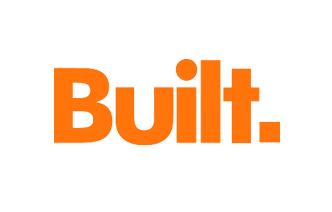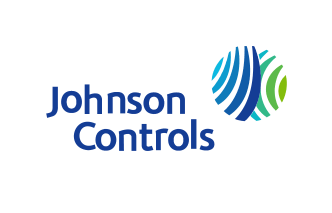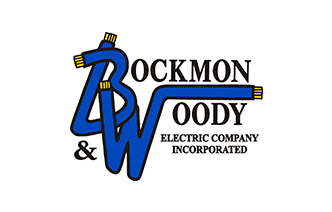How to use technology to support vision and hearing impaired workers in construction

The construction labor gap isn’t going away anytime soon. Tapping into a more diverse and inclusive workforce is no longer optional to stay competitive. Workers with vision and hearing impairments have the skills and drive to succeed on your jobsite, but they need the right tools to do it safely and efficiently.
Assistive technology helps break down long-standing accessibility barriers through smart headsets and visual alert systems. Investing in these solutions creates a safer jobsite, unlocks new talent and shows your team that everyone deserves the tools to succeed.
The challenges on active jobsites
Jobsites are fast-moving environments filled with heavy equipment, elevated work areas and constant noise. For staff with vision or hearing impairments, these conditions can create serious safety and communication challenges without the right support.
Visual impairments
If you’ve ever walked a jobsite, you know how quickly poor visibility can become a safety risk, especially for people with vision impairments. Uneven terrain, fast-moving machinery and hard-to-see hazard signs make navigation tough even in the best conditions. Now imagine trying to read measurements or dodge equipment without clear visual cues.
In fact, urban construction zones are more challenging, with scaffolding, temporary barriers and warning signs. Standard canes or aids often miss these obstacles, and many jobsites lack tactile features like textured walkways or raised markers to help workers stay oriented. Without the right support, they face unnecessary risks that can slow progress and endanger lives.
Hearing impairments
On a busy jobsite, constant noise from tools, vehicles and equipment can drown out critical sound cues. These factors make it difficult for employees with hearing impairments to stay aware of their surroundings.
Alarms, verbal warnings or machinery alerts can easily go unheard, especially in high-traffic or elevated areas. Traditional methods like shouting across the site or using two-way radios don’t always work. They rely on clear audio signals and quick response times, which aren’t reliable when hearing is limited or the environment is too loud. Without better solutions, communication gaps can put workers at risk and disrupt team coordination.
Communication gaps and safety concerns
When managing a jobsite, you know how fast it can go off track if communication isn’t crystal clear. Those gaps can lead to serious slowdowns for team members with vision or hearing impairments. These include missed cues, repeated instructions or being left out of more technical or high-risk tasks.
That kind of exclusion affects morale and limits the value your team can bring to the table. With over 60% of construction workers performing tasks at heights that demand protective gear and extra attention, having someone who can’t hear or see what’s happening around them becomes a safety concern. Without the right tech, you risk underutilizing skilled talent and creating unnecessary friction on the job.
Assistive technologies enabling safer and smarter workflows
Supporting sensory-impaired staff starts with choosing the right tools that meet the demands of an active jobsite. With today’s advancements, assistive technology can boost safety, streamline communication and help your entire crew work harder.
Connected wearables and visual alert systems
Staying aware of your surroundings can make all the difference on a jobsite, especially with heavy machinery constantly moving. Audible warning systems and visual cues are crucial in these situations. For example, smart helmets and vibrating wristbands can sync with on-site alarms and equipment sensors to alert wearers when a machine starts up, gets too close or enters your zone.
If you can’t hear a warning beep or someone shouting across the site, a quick vibration or flashing light grabs your attention instantly. These real-time alerts help you react faster, stay out of harm’s way and keep operations running smoothly. For workers with hearing or vision impairments, they’re essential for safety and confidence in high-risk areas.
Smart visual aids and mobility tools
Navigating a crowded or fast-moving jobsite is tough enough, but it becomes more challenging when you work with limited vision. Electric mobility aids are becoming more pivotal in construction. Tools like AI-enhanced canes and wearable obstacle detectors help you move through complex sites confidently.
These smart devices use sensors to detect nearby hazards, alert users to changes in terrain and guide them around obstacles in real time. Whether it’s scaffolding, equipment or uneven surfaces, they give you the awareness and control to stay safe and focused on the job.
Noise-canceling headsets
If you’ve ever struggled to hear instructions over loud machinery, you know how frustrating and risky it can be. Advanced headsets can cut through that noise by filtering out background sounds while boosting speech and important digital commands so you can stay focused and connected.
Sync them with Bluetooth for seamless communication or use models with real-time transcription that display spoken words directly on a screen. Some headsets also feature bone conduction technology, which sends sound through the bones of your skull to stimulate your cochlea directly. That means even if you have conductive hearing loss or can’t wear traditional earbuds on the job, you still get clear audio without sacrificing safety.
Talking tape measure and digital layout tools
Measuring accurately is critical on any jobsite, and accessible tools make it easier for everyone to get the task done right. Talking tape measures and digital rulers now speak measurements aloud and offer haptic feedback so you don’t need to rely on sight alone.
Many of these also connect to mobile apps, which allows for real-time data sync and improved workflow accuracy. In addition, smartphones and computers can provide extra support through built-in screen readers, speech output and software that enlarges text or visuals. These tech upgrades help you minimize errors and stay independent without sacrificing precision.
Return on investment and workforce impact
Workflows can go wrong fast when information doesn’t flow clearly on a jobsite. In fact, miscommunication and missed signals are some of the top reasons for delays and irregularities. With assistive technology in place, you can bridge those gaps using tools that translate speech to text, offer visual or haptic alerts, and ensure everyone stays on the same page.
Since breakdowns in communication are believed to cause most project irregularities, improving how your team shares and receives information directly boosts project success. Investing in accessible tech builds a culture that values every skilled tradesperson, including those who might otherwise be sidelined. It’s a practical move that helps you attract talent, meet regulatory requirements and show your commitment to responsible, inclusive business practices.
Driving equity and innovation through accessible technology
Technology goes beyond getting the job done faster. It involves opening doors for skilled employees who’ve been overlooked for far too long. In a competitive labor sector, accessible tech gives you an edge by expanding your talent pool and building a stronger, more inclusive crew. Pilot new tools, work with assistive device vendors and make inclusive innovation a standard part of your jobsite's operations.


